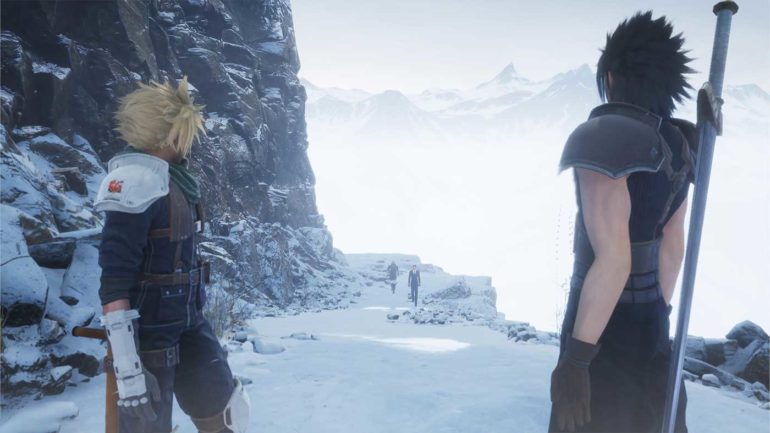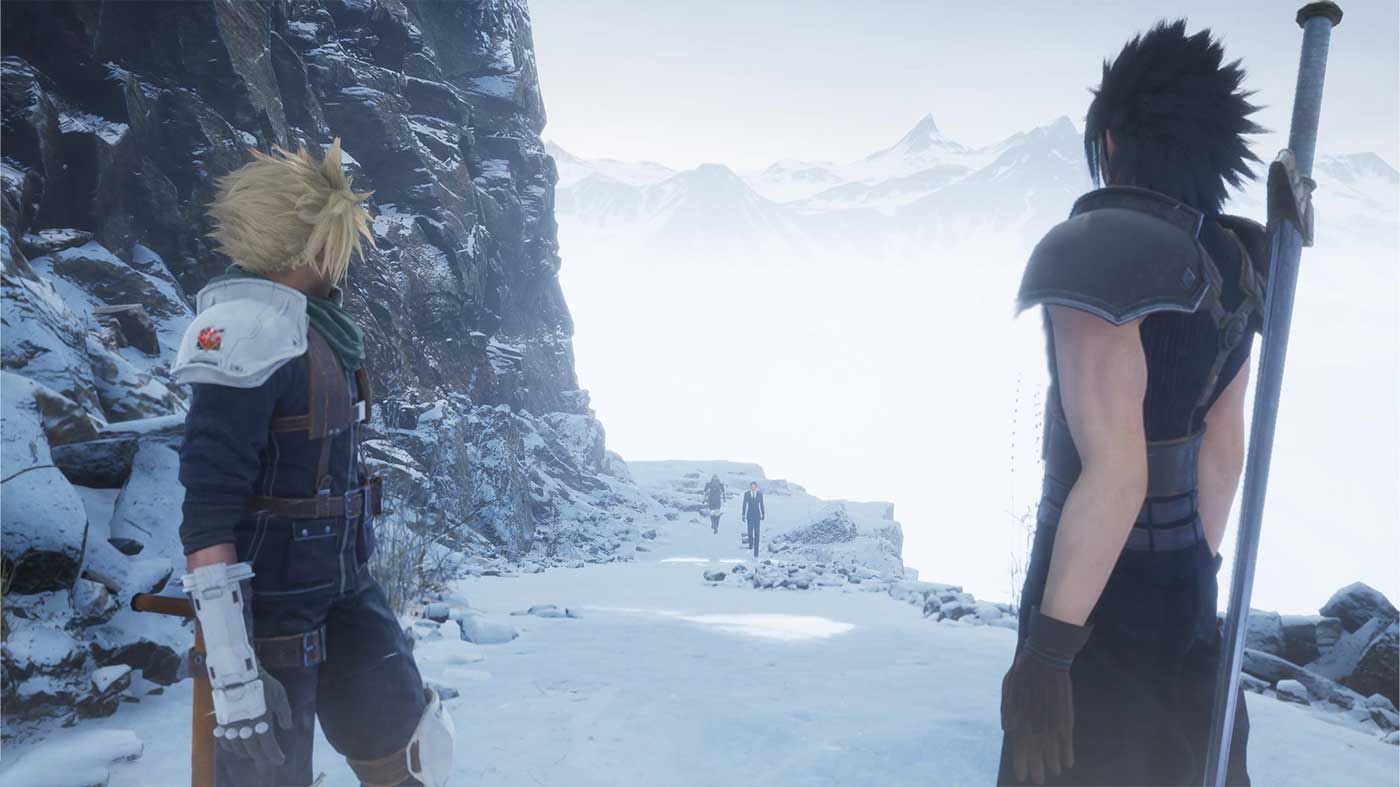After playing through the already-excellent Crisis Core: Final Fantasy VII for a third time in its newly-refreshed and revitalised form in Crisis Core –Final Fantasy VII– Reunion, one fact rang true throughout – this is a proper remaster. More than just a simple upscale or even a new coat of paint, it’s a carefully reconstructed and retooled product that wonderfully modernises a 14-year-old handheld game without any sacrifices to the core of the original. In short, it’s both the best way to play Crisis Core and a great new release in its own right.
Some context for those who’ve not played Crisis Core before, though: In this prequel set seven years before the events of the original Final Fantasy VII, players take on the role of Zack Fair, a Shinra SOLDIER operative that becomes embroiled in the fallout after his mentor, Angeal, and another SOLDIER 1st Class named Genesis seemingly turn on Shinra for reasons later explained. Set to the backdrop of a war with Wutai and the rapid takeover of Shinra and its clamour for the world’s precious resources, the game’s narrative ultimate leads players to a deeper look into the origins of Final Fantasy VII’s star players from Cloud and Sephiroth to Tifa, Aerith, Yuffie and many more.
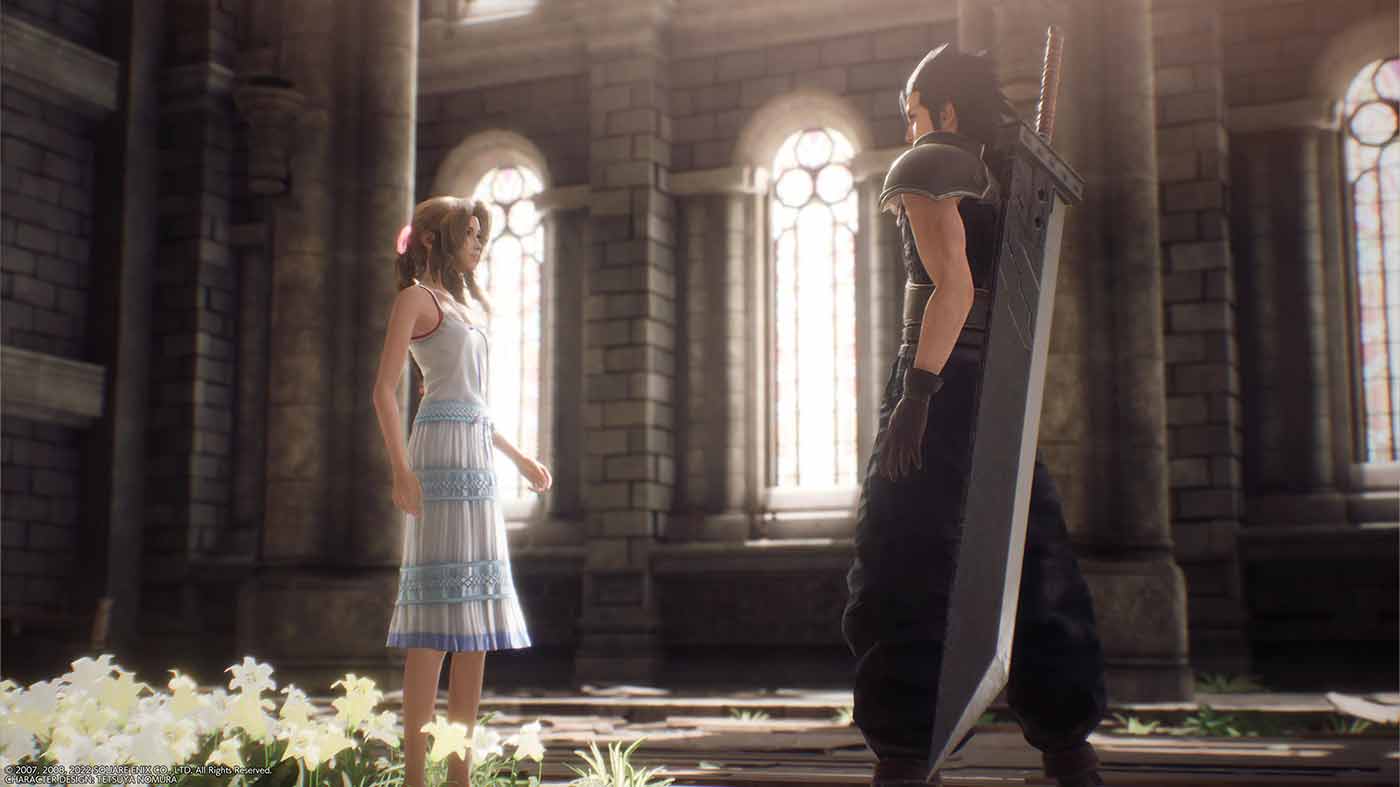
Over the course of the 15-30 hour experience on offer, Crisis Core was an occasionally messy but ultimately clever prequel that quickly became the highlight of the Compilation of Final Fantasy VII media blowout of the 2000s that also gave us the likes of the Final Fantasy VII: Advent Children film. Back then, it was an exclusive to Sony’s PlayStation Portable handheld console, where it impressed with production values beyond what anyone was used to in such a small format and a compelling gameplay loop that included a unique, real-time combat system.
THE CHEAPEST PRICE: $72.99 WITH FREE DELIVERY
Fast forward to today, and Final Fantasy VII is seeing something of a renaissance thanks to 2020’s Final Fantasy VII Remake kicking off a trilogy set to explore the original’s story and setting anew. Where that game was a wholly new take on the early portion of the main Final Fantasy VII game, Crisis Core Reunion is closer to a “remaster” of the PSP prequel, updating the presentation and crucial gameplay elements but leaving the core of the game largely intact. It makes a lot of sense too, where the PS1 original’s old-school JRPG sensibilities were due for an update in the remake, Crisis Core’s action-oriented gameplay and snappy pacing still hold up fairly well.
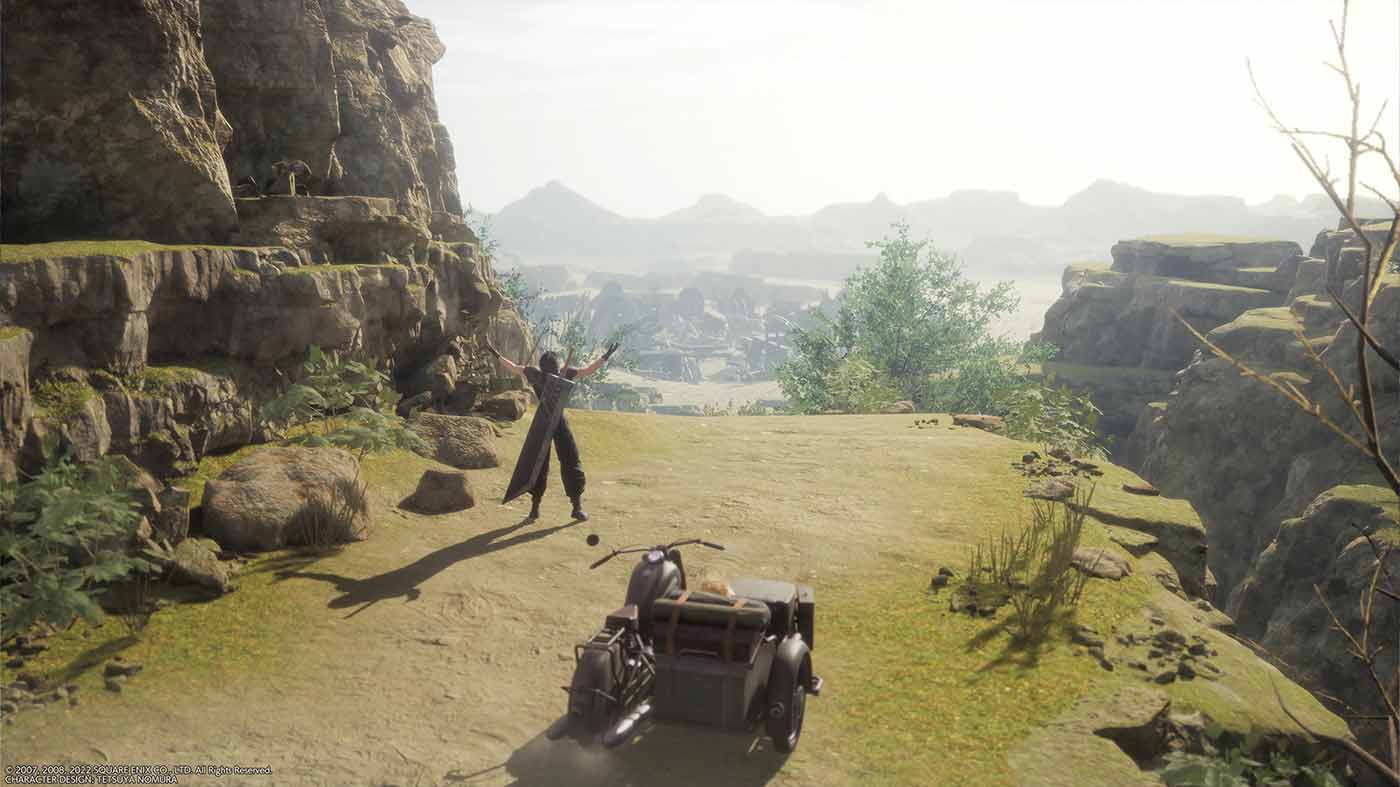
The biggest and most immediate changes in Crisis Core’s move to modern platforms nearly all stem from the vast gulf in functionality between the PSP’s restrictive button layouts and the controllers available to players on home consoles and PC. The simple addition of camera control with a right stick has a transformative impact on how the game is presented and how Zack handles in the moment, but the team at Square Enix has risen to this new challenge admirably by both ensuring players have stuff to look at outside of the confines of the original perspective and also taking the bulk of its combat gameplay back to the drawing board to rethink how it should work in the new format.
I mentioned a lot of what’s changed in my earlier preview impressions of the game, but the crux of it is that combat in Reunion feels vastly more fast-paced and reactive than in the PSP version of Crisis Core. Gone is the clunky, scrolling menu that bound all of your actions including basic attacks and magic, and now everything is mapped to the multitude of face and shoulder buttons available instead. With full, immediate control of Zack’s actions and a freely-adjustable camera, fights feel much closer to something like Final Fantasy VII Remake or even Kingdom Hearts.
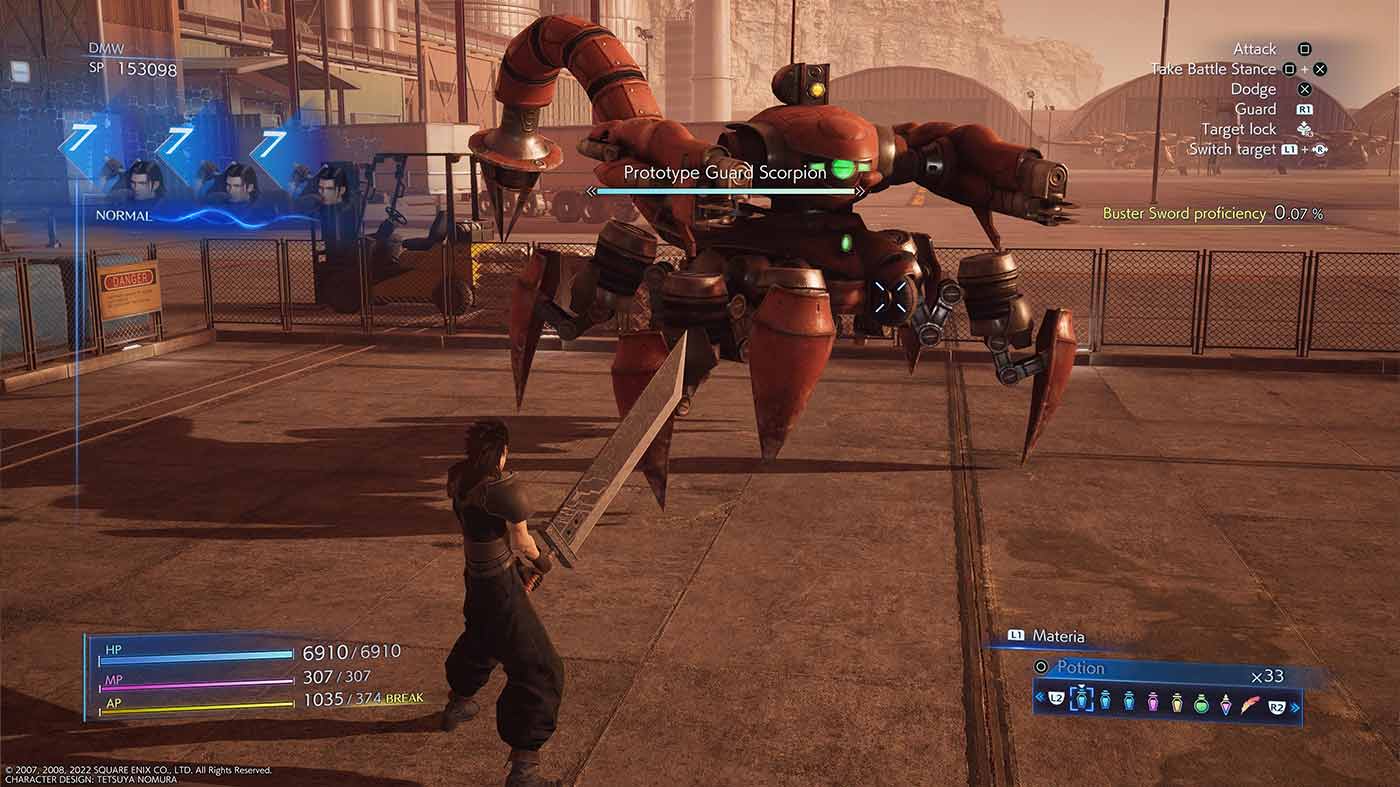
All of the neat little wrinkles and ideas that made combat in Crisis Core unique and interesting the first time are still here, mind, like the compelling and unpredictable DMW system, the way Materia is incorporated into the flow of the action and the need to think hard about your equipment layout when facing down the game’s toughest foes, it’s all just a lot more manageable in the moment. Some new tweaks have been implemented to take advantage of Zack’s enhanced playability as well, such as the ability to cancel powerful foes’ ultimate attacks by pummelling them with strong abilities. In its new form, I’d almost be bold enough to suggest it’s one of my favourite takes on real-time combat that the Final Fantasy franchise has dabbled in thus far, despite a noticeable lack of challenge even on the Hard difficulty setting.
Outside of combat, the general gameplay and structure of Crisis Core is a lot more recognisable and true to the handheld original, although again the addition of full camera control does give everything a different feel. There are times where it’s more noticeable, in fact some of the late-game set pieces and minigames seemingly had to be modified to fit, but for the most part it’s the same game. That means what’s here is a mostly-linear jaunt through 10 distinct chapters where you’ll trek through a few key locales while occasionally being afforded the opportunity to wander sections of Midgar and other places of your own accord and pick up side content. Funnily enough, anyone coming to this game from Final Fantasy VII Remake will feel right at home with how everything is laid out, albeit of a much smaller scope here.
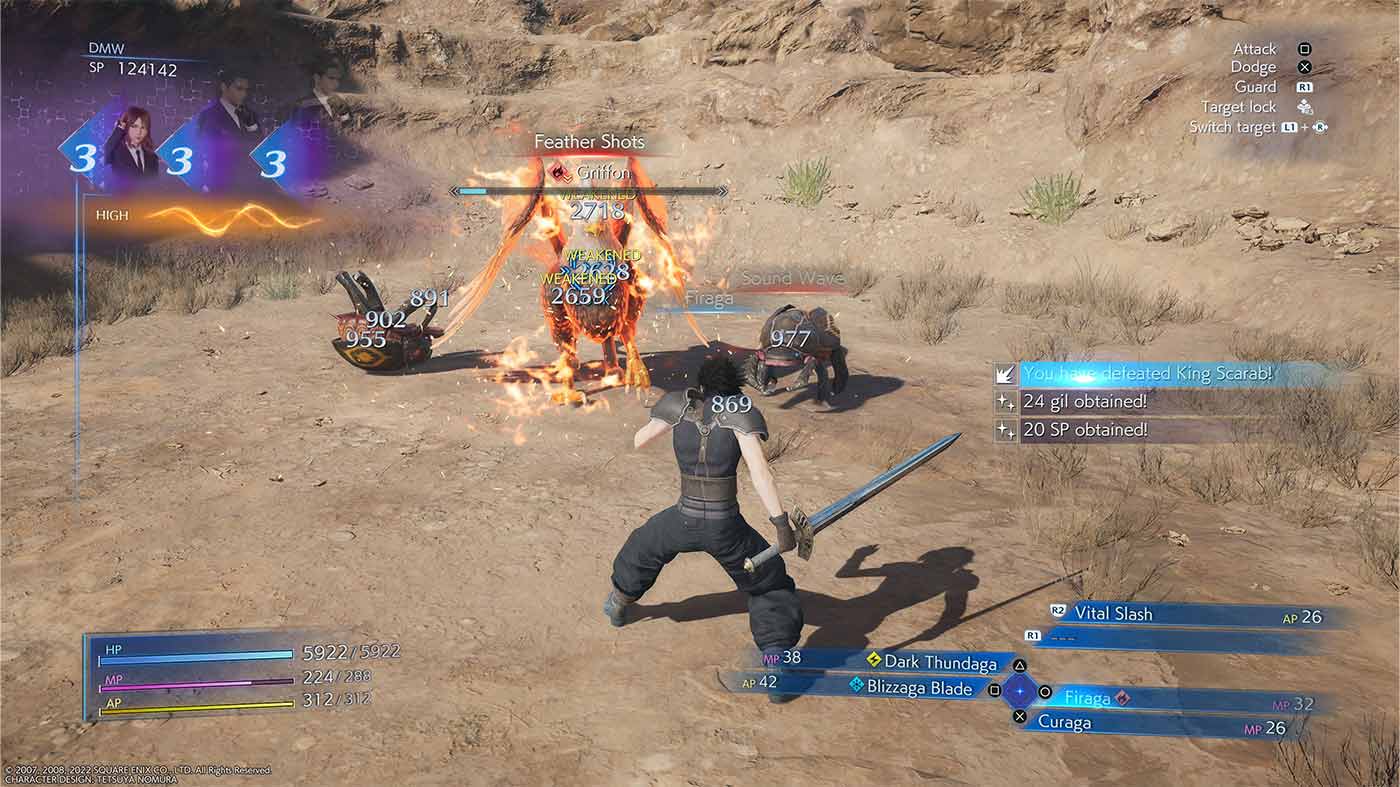
The one quirk of Crisis Core’s that might come out as a bit of a rub with new players is its reliance on bite-sized, self-contained “Missions” to pad out its gameplay offering. There are 300 of the bloody things, and while they were a fantastic way to offer PSP players short bursts of gameplay that they could knock out on a commute or during a bathroom break, they make less sense here. Each one is a barely minutes-long endeavour where you’re dropped into one of only a small selection of environments to navigate, picking up treasures and engaging in combat encounters on the way to take down a predetermined foe.
These missions aren’t not fun, largely thanks to how good Reunion’s revamped combat is, but they get grindy real quick and they’re unfortunately quite essential to obtaining the game’s most useful items and abilities and keeping Zack levelled up to meet the challenge of the main content. At the end of the day there’s no getting around the fact that they’re a core component of the game and something returning fans will have already accepted, but new players might question what they’ve gotten themselves into after around the 150th mission.
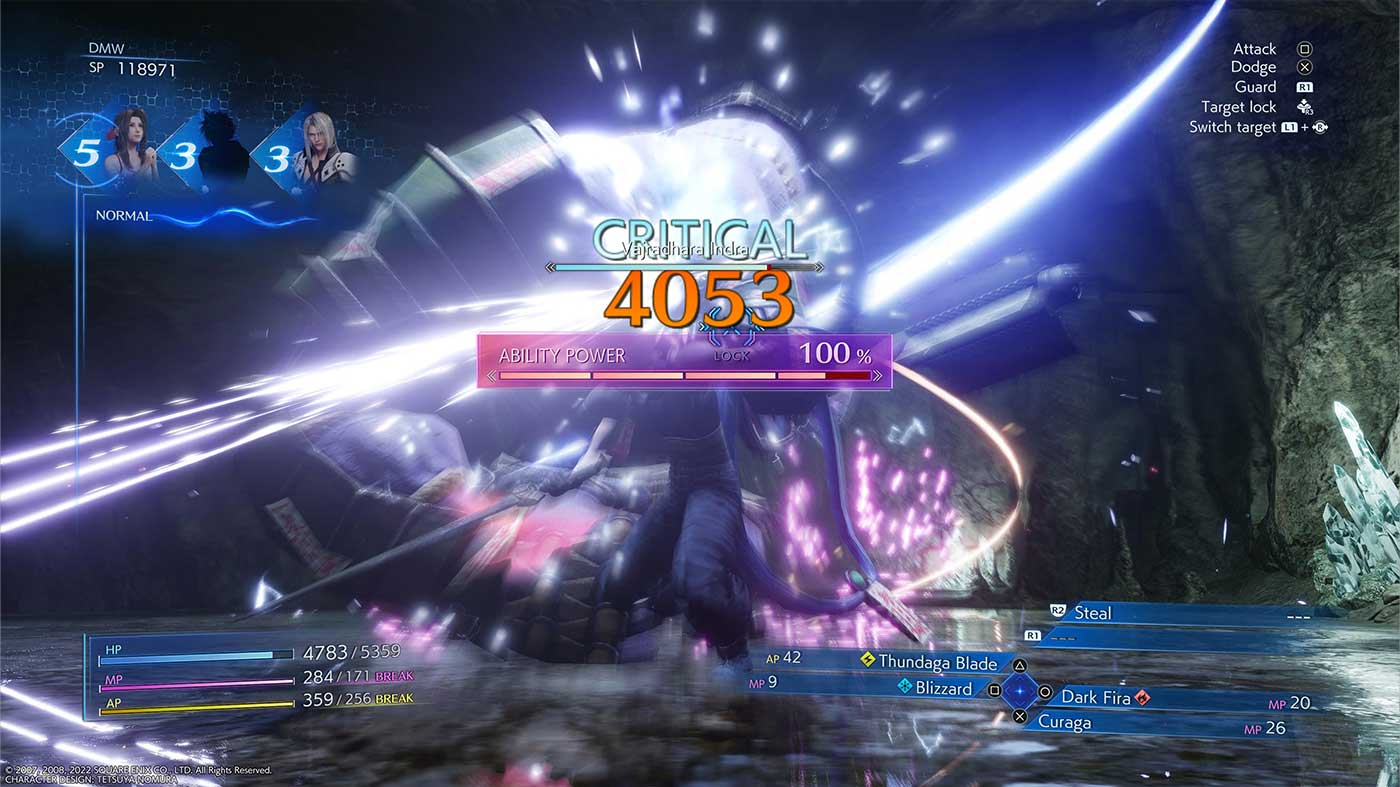
Elsewhere, some very welcome quality-of-life improvements do go a long way to alleviating any frustration or tedium that might arise from the original’s design. All fights can be instantly restarted upon dying, for example, also offering players the opportunity to tweak their character build before going back for a second beating. Throw in auto-saves, increased checkpointing amongst multi-stage encounters and a vastly improved UI that pretty closely resembles Final Fantasy VII Remake’s menus and there’s much to appreciate about how Square Enix has considered where it presents Crisis Core warts-and-all and where it smooths off any rough edges.
Of course another huge selling point for Crisis Core Reunion is the massive upgrade to its visual and audio treatment. Built from the ground-up in Unreal Engine 4, it’s pretty well night-and-day compared to the PSP version, with model, texture and effect work that feels on par with the gorgeous Final Fantasy VII Remake. There are definitely some obvious holdovers from its origins, environments for example are packed with tons more detail but they’re still built on the same compact, basic layouts. Likewise character models are gorgeously-rendered with sharp texture work and new geometry but they’re placed on the existing rigs which means they animate like it’s still 2008, which can be awkward at times.
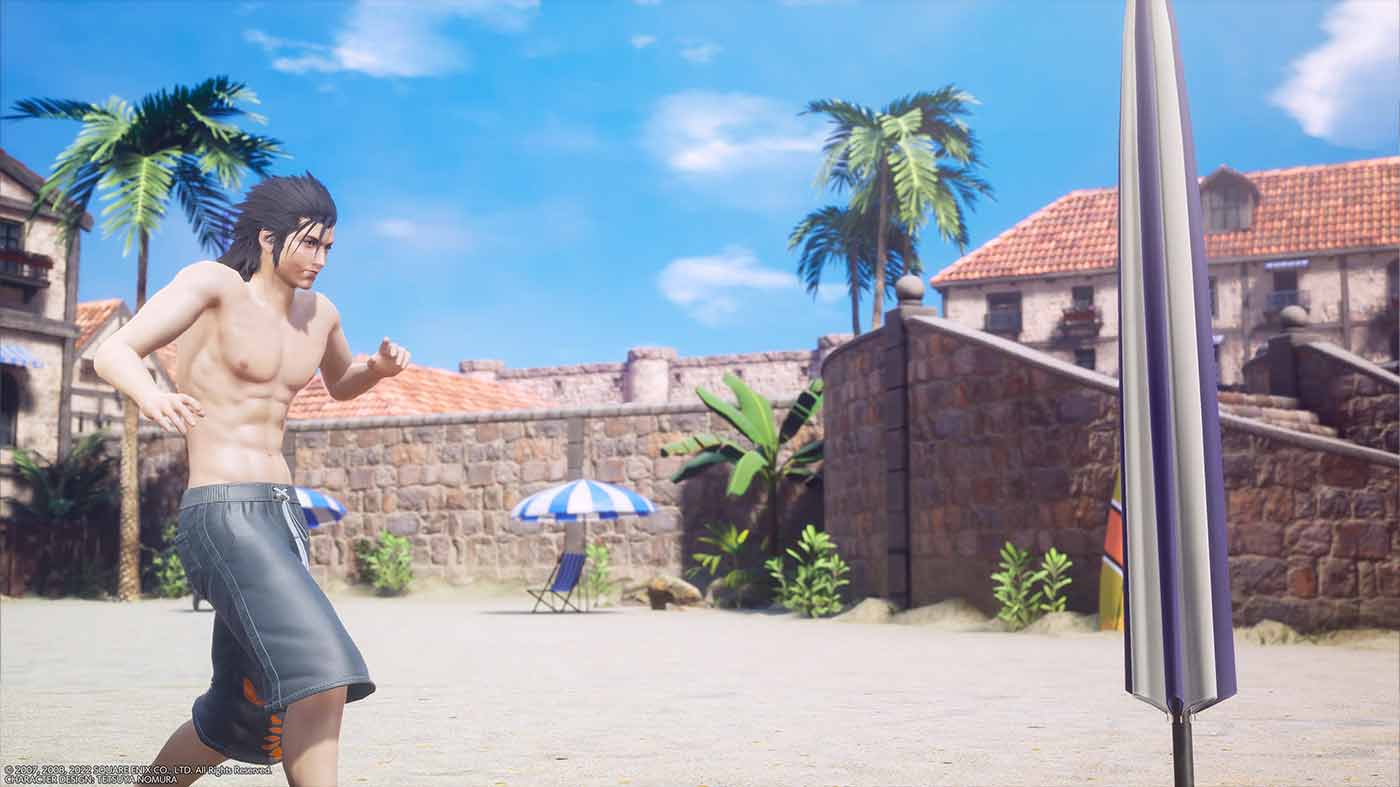
It’s still an enormous glow-up overall though, all of the new assets and effects combined with the razor-sharp resolutions and fluid performance afforded by new platforms make it an impressively new-feeling iteration that goes well beyond what’s expected from a modern remaster. It doesn’t stop at in-game visuals either, with Square Enix using a combination of AI-upscaled and edited original CG animations and some completely new content (gorgeous new summon sequences being a great example) to tie everything together.
There’s also the small matter of the game’s voice work which, shockingly, has been completely redone with the voice cast updated to match the Remake more closely and voice acting added to all of the previously text-only dialogue. It’s a pretty big deal and another stark example of just how much work has gone into updating Crisis Core beyond the expected new bells and whistles. It’s seriously impressive stuff, and the new cast does a great job overall, especially when it comes to characters who had zero voiced lines the first time around. What’s more, Crisis Core’s original composer, Takeharu Ishimoto, is back with brand-new arrangements, making Reunion just as much an updated aural experience as a visual and mechanical one.
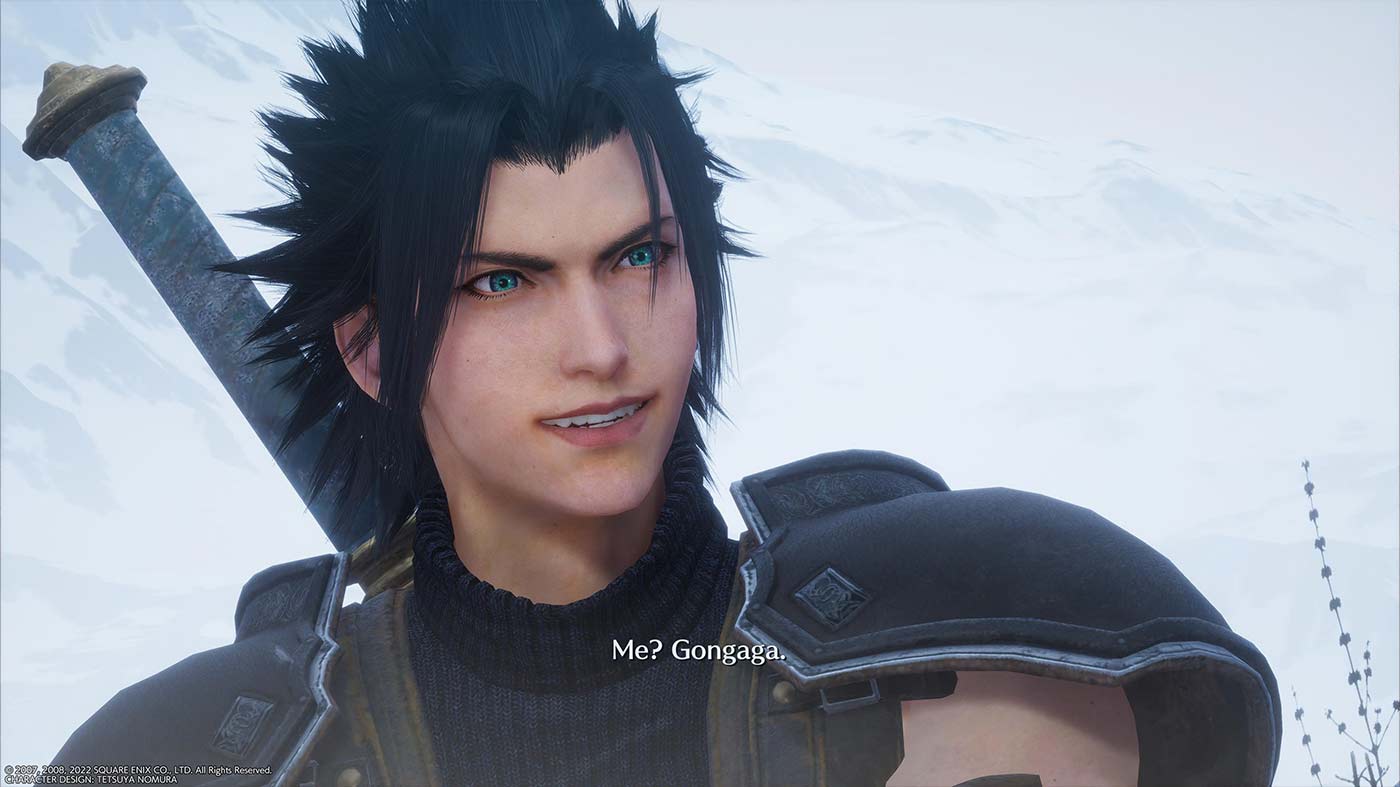
To be frank, assessing this “remaster” as a whole is a difficult task, as anyone’s enjoyment of it will largely come down to what Crisis Core means to them. Devout fans who played it on PSP are going to see an old favourite in an entirely new light through well-considered updates designed to delight returning players, but those coming into it having missed the game in 2008 or entering fresh off of Final Fantasy VII Remake may find it a jarring transition. That said, critiquing it purely on the merits of the work done to enhance the base game it’s a stellar effort and a commendable commitment to producing something worthy of Final Fantasy VII fans’ love for this world and its characters.


